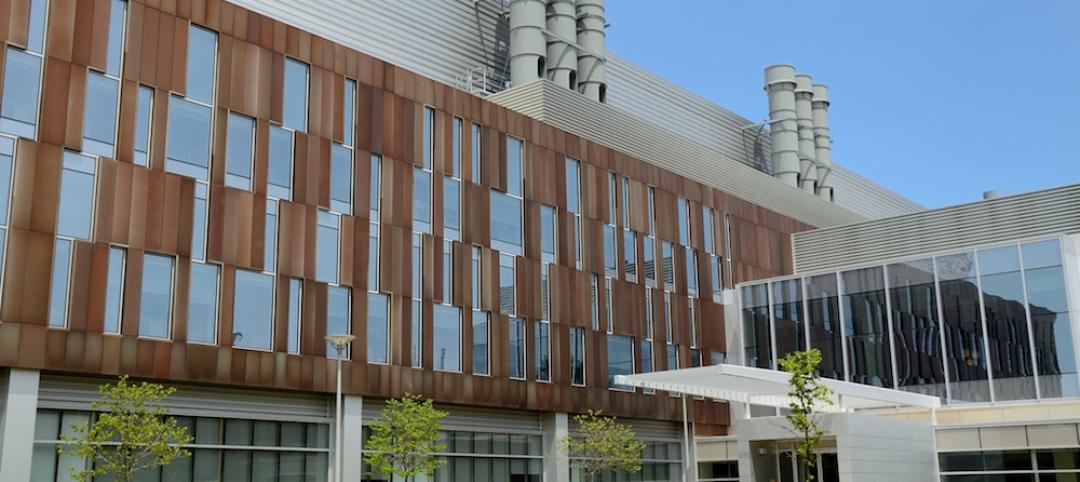A nationwide retrofit strategy could cut 51% of emissions from large buildings in Canada, according to a new Canada Green Building Council (CaGBC).
The report includes recommendations that CaGBC says would reduce 21 million tons of carbon by 2030, help the government achieve its climate change goals, and grow the economy. CaGBC researchers analyzed how the type, size, and age of large buildings, along with energy sources and the carbon intensity of regional electrical grids in Canada, can affect energy efficiency and carbon emissions.
Among the findings and recommendations:
- Buildings including office buildings, shopping malls, universities, and arenas constructed between 1960 and 1979 represent the age class with the largest opportunity for carbon emissions reductions.
- Alberta and Ontario currently emit the most carbon. This is due to the carbon intensity of Alberta’s electricity grid and the number of large buildings in Ontario.
- All provinces will need to prioritize recommissioning for large buildings (between 25,000 sf and 200,000 sf) and deep retrofits for buildings over 35 years old. These two actions will reduce emissions by 4.1 MT CO2e, providing 62% of the reduction needed to meet the goal.
- Fuel switching must be completed in 20% of buildings over 35 years old across Canada. Currently, fuel switching is particularly attractive in provinces with clean electricity grids such as British Columbia, Manitoba, Quebec, New Brunswick, and Newfoundland. In these regions, significant effort should be put into increasing the adoption of highly efficient heat pump technology.
- In provinces with carbon intense electricity grids—Alberta, Saskatchewan, New Brunswick, and Nova Scotia—30% of buildings will need to use renewable energy in order to meet the target.
Related Stories
Codes and Standards | Jul 5, 2016
State legislature fails to pass law to extend design-build for New York City projects
Would have allowed five city agencies to use alternate delivery method.
Energy | Jun 30, 2016
Energy Department partnership with CoStar Group will study sustainability impact on property valuation
Database will offer rich data set on energy-efficient buildings in the U.S.
Contractors | Jun 30, 2016
Chicago contractor found guilty of fraud on city’s requirement on minority-owned businesses
Alleged to have been sham business in bid to win city public works contract.
Codes and Standards | Jun 29, 2016
OSHA starts evaluation of construction industry noise standards
New studies indicate significant number of construction workers suffer hearing loss.
Seismic Design | Jun 28, 2016
ASTM International updates seismic risk standards
Expected to improve consistency of risk evaluation on commercial real estate transactions.
Codes and Standards | Jun 17, 2016
Feds publish framework for evaluating public-private partnerships
No single factor determines whether a project yields stronger benefit as a P3.
AEC Tech | Jun 17, 2016
Driverless cars could soon start impacting commercial, retail project design
Offsite parking and more space for valet parking lines are among the foreseeable changes.
Codes and Standards | Jun 17, 2016
Bay State moves toward single BIM protocol on state projects
Massport’s guidelines a step forward for integrated BIM initiative.
Multifamily Housing | Jun 14, 2016
San Francisco voters approve tougher affordability requirement on new housing development
Critics charge that the measure may backfire and actually reduce new affordable units.
Concrete | Jun 13, 2016
American Concrete Institute releases new Guide to Shotcrete
Includes information on application procedures, testing.
















